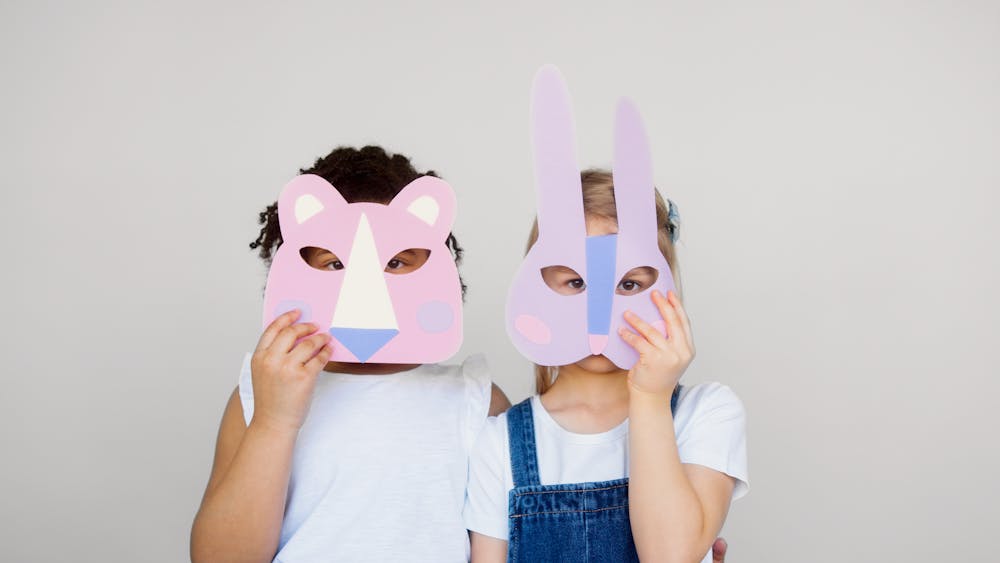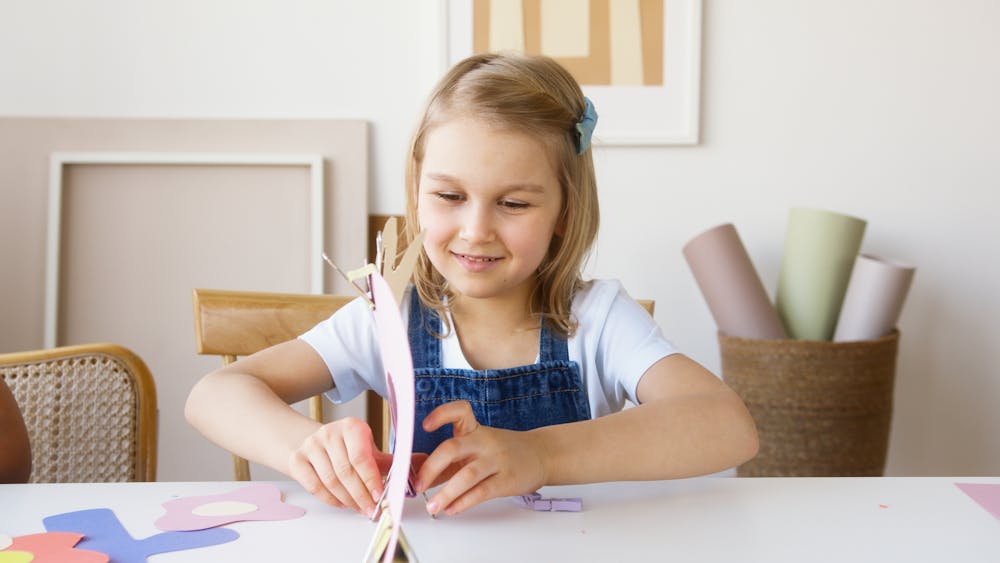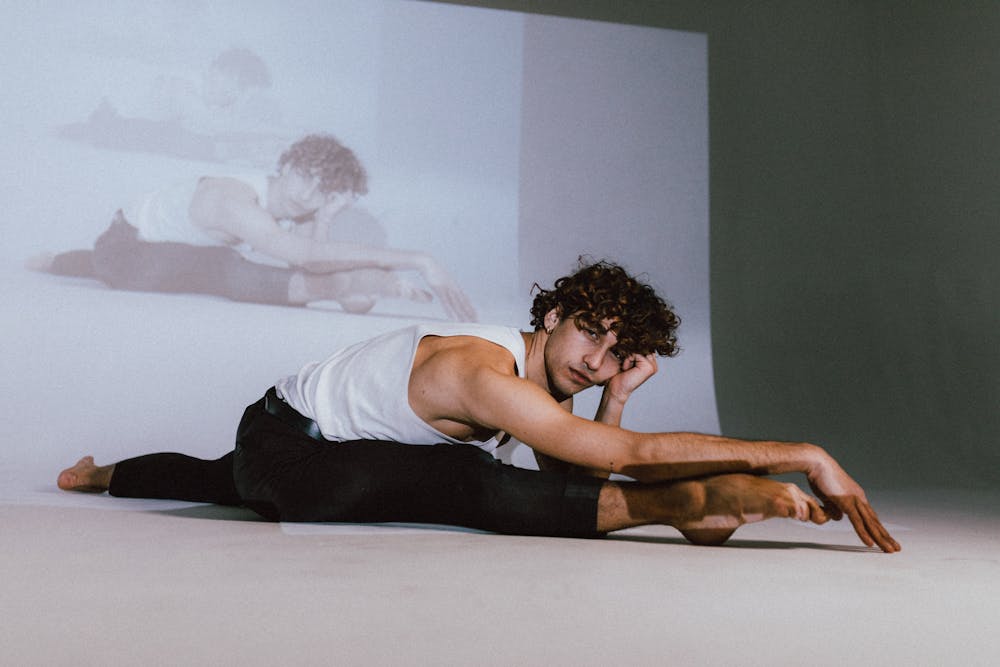As I explore the world of mindful movement, I am captivated by the transformative power of expressive forms such as dance, yoga, and other movement modalities. These practices offer more than just physical exercise; they provide a pathway to self-discovery, emotional expression, and spiritual growth. In a society often characterized by busyness and stress, the art of mindful movement offers a sanctuary for cultivating presence, awareness, and inner harmony.
 Dance, in its myriad forms, has long been celebrated as a universal language of expression and connection. Whether through ballet, contemporary dance, hip-hop, or traditional cultural dances, movement has the ability to communicate emotions, stories, and experiences that transcend words. Dancing mindfully involves tuning into the body’s sensations, rhythms, and impulses, allowing movement to flow authentically from within. Through dance, we can tap into our creativity, release pent-up emotions, and connect with others in a shared experience of movement and music.
Dance, in its myriad forms, has long been celebrated as a universal language of expression and connection. Whether through ballet, contemporary dance, hip-hop, or traditional cultural dances, movement has the ability to communicate emotions, stories, and experiences that transcend words. Dancing mindfully involves tuning into the body’s sensations, rhythms, and impulses, allowing movement to flow authentically from within. Through dance, we can tap into our creativity, release pent-up emotions, and connect with others in a shared experience of movement and music.
 Yoga, originating from ancient Indian philosophy and spiritual practice, has become a global phenomenon embraced by people of all ages and backgrounds. At its essence, yoga is a holistic system for uniting body, mind, and spirit through breath, movement, and meditation. Mindful yoga practice involves moving with intention, cultivating awareness of the breath, and observing sensations in the body without judgment. Through asana (physical postures), pranayama (breath control), and meditation, yoga offers a path to self-discovery, self-acceptance, and inner peace.
Yoga, originating from ancient Indian philosophy and spiritual practice, has become a global phenomenon embraced by people of all ages and backgrounds. At its essence, yoga is a holistic system for uniting body, mind, and spirit through breath, movement, and meditation. Mindful yoga practice involves moving with intention, cultivating awareness of the breath, and observing sensations in the body without judgment. Through asana (physical postures), pranayama (breath control), and meditation, yoga offers a path to self-discovery, self-acceptance, and inner peace.
 In addition to dance and yoga, there are countless other forms of mindful movement that invite us to explore and express ourselves through the body. Tai Chi, Qi Gong, Pilates, martial arts, and ecstatic dance are just a few examples of movement practices that emphasize mindfulness, alignment, and energetic flow. These practices encourage us to move with grace, fluidity, and intention, cultivating a sense of groundedness and vitality in our bodies.
In addition to dance and yoga, there are countless other forms of mindful movement that invite us to explore and express ourselves through the body. Tai Chi, Qi Gong, Pilates, martial arts, and ecstatic dance are just a few examples of movement practices that emphasize mindfulness, alignment, and energetic flow. These practices encourage us to move with grace, fluidity, and intention, cultivating a sense of groundedness and vitality in our bodies.
 The benefits of mindful movement extend far beyond the physical realm. Regular practice can help reduce stress, anxiety, and depression, while promoting relaxation, resilience, and emotional well-being. Mindful movement also enhances body awareness, flexibility, strength, and balance, improving overall physical health and vitality. Moreover, the meditative aspects of mindful movement cultivate mindfulness, presence, and inner peace, empowering us to navigate life’s challenges with greater ease and equanimity.
The benefits of mindful movement extend far beyond the physical realm. Regular practice can help reduce stress, anxiety, and depression, while promoting relaxation, resilience, and emotional well-being. Mindful movement also enhances body awareness, flexibility, strength, and balance, improving overall physical health and vitality. Moreover, the meditative aspects of mindful movement cultivate mindfulness, presence, and inner peace, empowering us to navigate life’s challenges with greater ease and equanimity.
 As we engage in mindful movement practices, it’s important to approach them with an open heart and a spirit of curiosity and exploration. Each movement modality offers a unique opportunity for self-expression, self-discovery, and personal growth. Whether we’re flowing through a yoga sequence, improvising on the dance floor, or practicing Tai Chi in nature, mindful movement invites us to be fully present in the moment, embracing the joy of embodied expression.
As we engage in mindful movement practices, it’s important to approach them with an open heart and a spirit of curiosity and exploration. Each movement modality offers a unique opportunity for self-expression, self-discovery, and personal growth. Whether we’re flowing through a yoga sequence, improvising on the dance floor, or practicing Tai Chi in nature, mindful movement invites us to be fully present in the moment, embracing the joy of embodied expression.
 In conclusion, the art of mindful movement is a powerful tool for cultivating physical, mental, and spiritual well-being. Through practices such as dance, yoga, Tai Chi, and other expressive forms, we can awaken our bodies, quiet our minds, and nourish our souls. As we dance, stretch, and flow with mindful awareness, may we discover the beauty, grace, and wisdom that reside within us, and may our movements become a celebration of life itself.
In conclusion, the art of mindful movement is a powerful tool for cultivating physical, mental, and spiritual well-being. Through practices such as dance, yoga, Tai Chi, and other expressive forms, we can awaken our bodies, quiet our minds, and nourish our souls. As we dance, stretch, and flow with mindful awareness, may we discover the beauty, grace, and wisdom that reside within us, and may our movements become a celebration of life itself.




